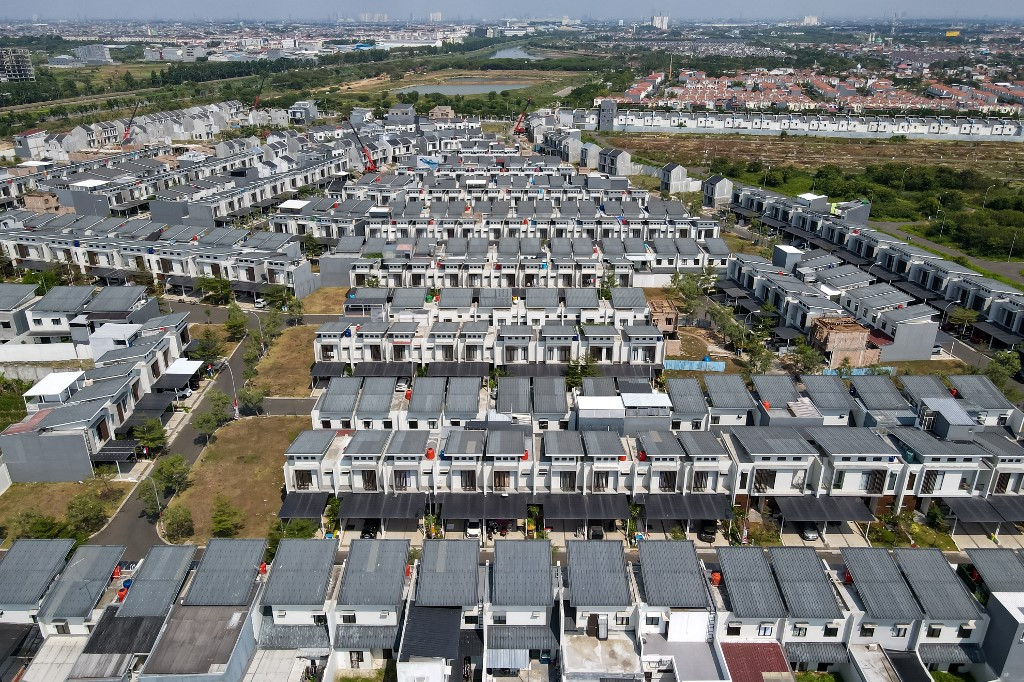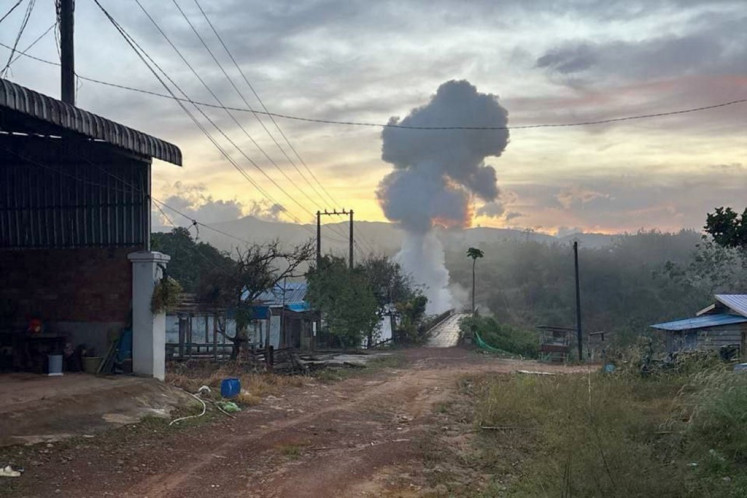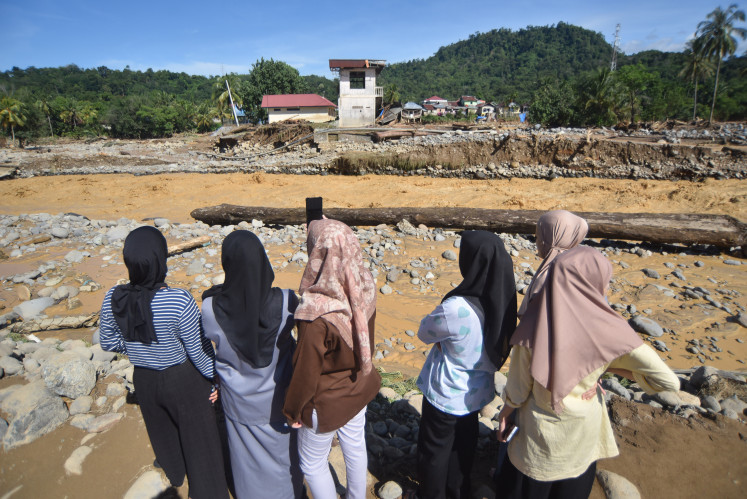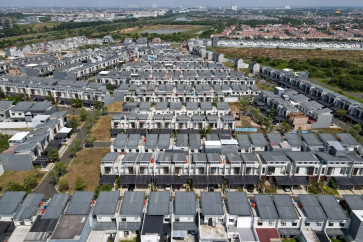Popular Reads
Top Results
Can't find what you're looking for?
View all search resultsPopular Reads
Top Results
Can't find what you're looking for?
View all search resultsHow Indonesia can deliver three million homes
As noble as the goal may be, history provides a cautious reminder.
Change text size
Gift Premium Articles
to Anyone
I
ndonesia’s ambitious target of constructing three million homes by 2025 is as inspiring as it is daunting. It is a bold move to address the nation’s longstanding housing backlog, a problem that has left millions of Indonesians, primarily low-income households (MBR), struggling to find affordable, decent homes. But with a state budget allocation of just Rp 5 trillion (US$308.56 billion), even the most optimistic observer would raise an eyebrow.
Approximately 12.7 million households lack adequate shelter, and the burden falls hardest on low-income groups. These are working families who earn too little to afford homes in the private market but too much to qualify for basic public housing subsidies. They are the people who keep our cities running yet are pushed to the fringes. They endure long commutes, limited infrastructure and little access to essential services.
But as noble as the goal may be, history provides a cautious reminder. Consider the government’s efforts under the One Million Homes program, where in 2023, nearly Rp 10.7 billion was spent to construct just above 200,000 homes. Even then, the initiative faced challenges related to financing gaps, land availability and coordination among stakeholders. If Rp 10.7 billion could not meet a third of today’s target, how can Rp 5 trillion suffice for three million homes? The Public Housing and Settlements Ministry has estimated that the allocated state budget can only fund 8 percent of the overall target.
This is where private developers come into the picture. The government alone cannot shoulder the financial burden or the operational complexity of such a large-scale initiative. Private developers, with their expertise, resources and efficiency, are crucial partners. However, developers are profit-driven entities, and affordable housing rarely makes for attractive profit margins.
To bring them on board, it is not enough to ask for help; private developers need a reason to stay. Incentives such as tax breaks, density bonuses, or expedited permits could tip the scales, making affordable housing projects less of a burden and more of an opportunity.
A look beyond Indonesia’s borders offers valuable lessons. In the United States, successful programs have shown how public-private collaboration can produce significant affordable housing stock, even in challenging markets.
One example is New York City's Inclusionary Housing Program (IHP), which is a zoning program that encourages and requires new housing developments to include a certain share of affordable units. The program has been successful in creating affordable housing. In 2023, the city created a record 14,227 new affordable homes, with 3,255 of those being permanently affordable inclusionary housing.


















